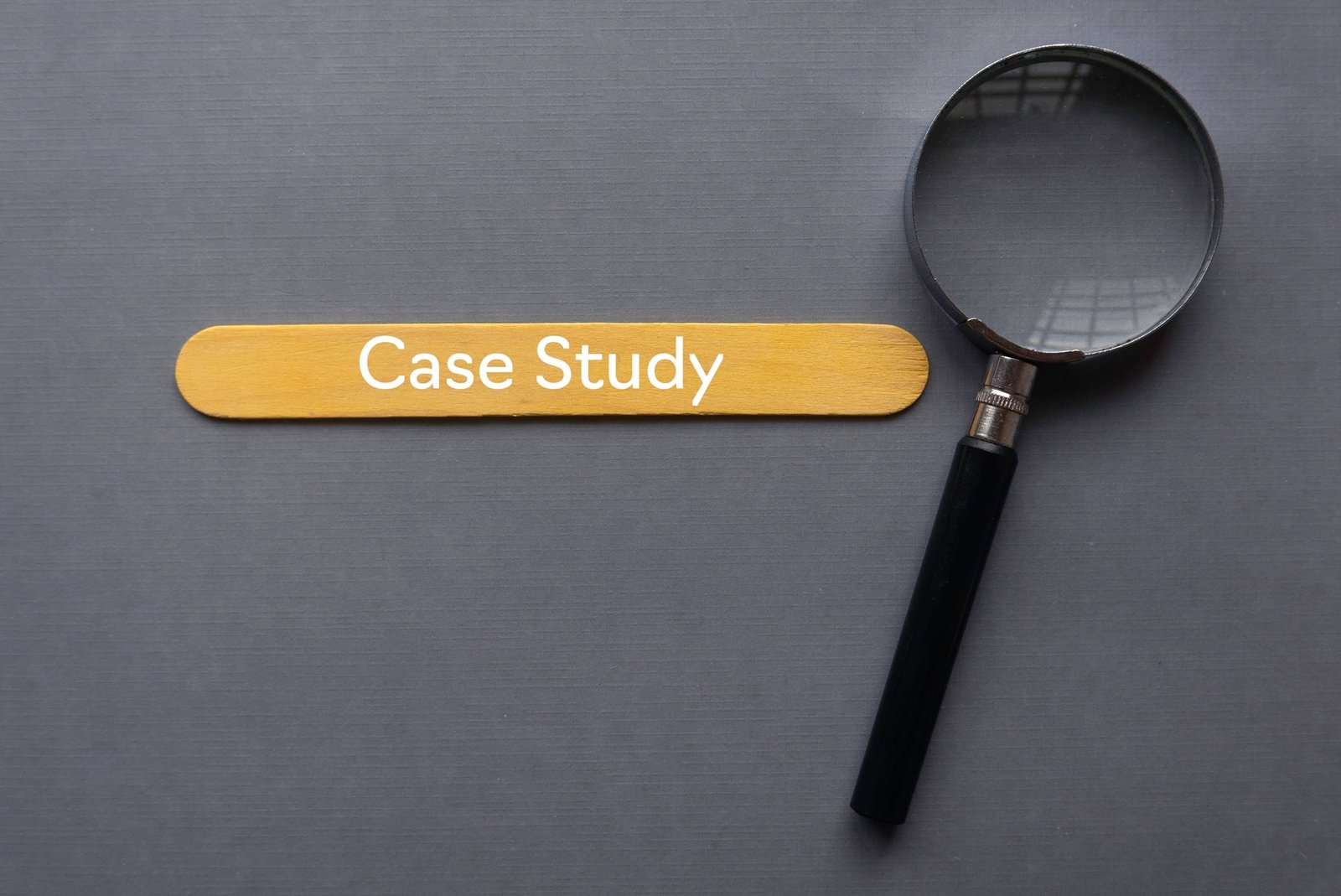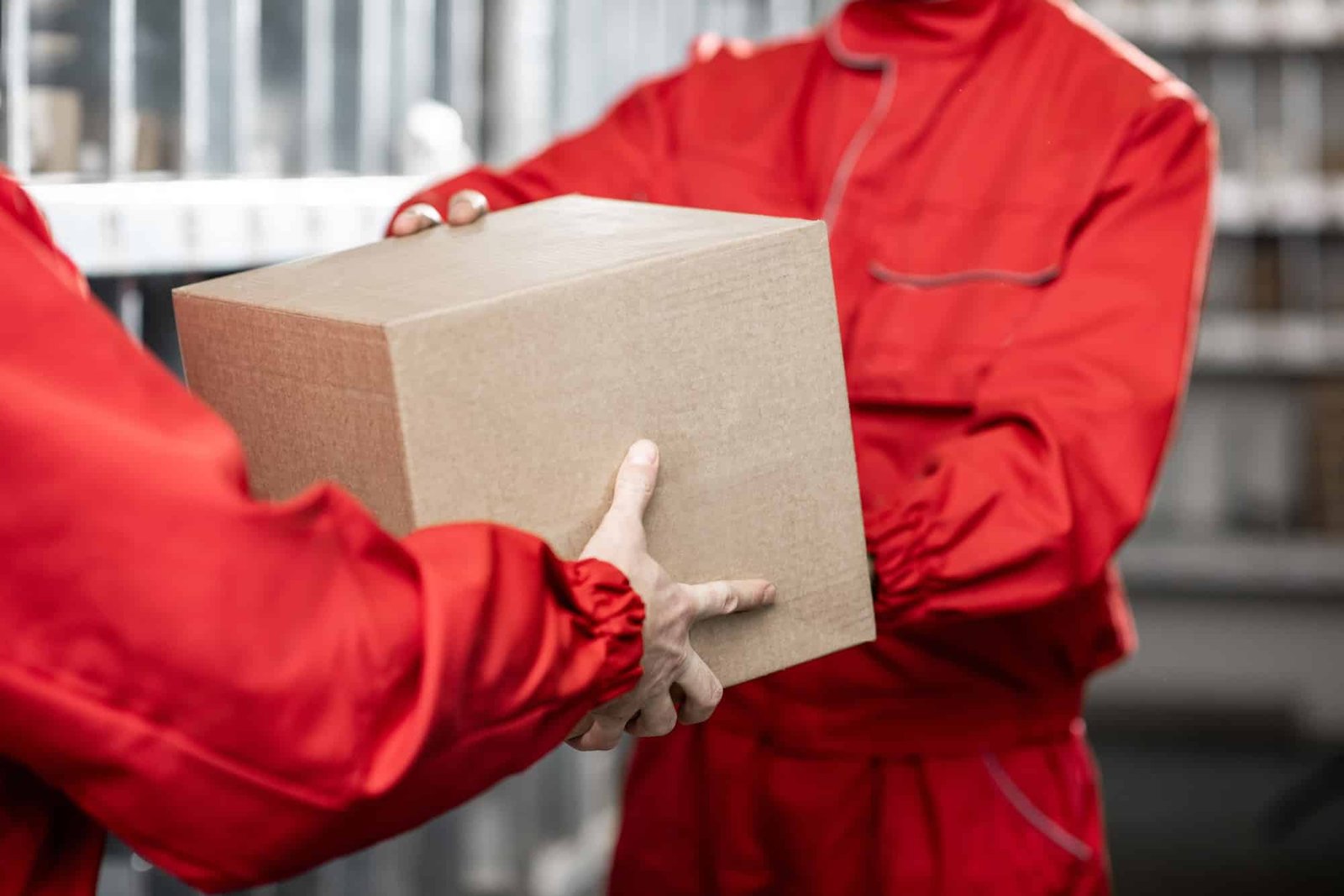Ensuring a strong and lasting bond is crucial in any adhesive application, and effective surface preparation plays a key role in this process. Proper surface prep removes contaminants that can interfere with bonding and optimizes the surface for maximum adhesion. Here, we provide a step-by-step guide to surface preparation for various materials, along with recommended brands of cleaning solutions and primers to help you quickly implement these practices.
Step 1: Thoroughly Clean the Surface
A proper surface cleaning is the foundation of a successful bond. Use a lint-free cloth with a 50/50 mixture of isopropyl alcohol (IPA) and water to clean the surface, removing dust, oils, or residues. Here are some recommended IPA brands:
• MG Chemicals 99.9% Isopropyl Alcohol: High-purity and fast-drying, ideal for removing oils and residues.
• Techspray Isopropyl Alcohol Cleaner: Specifically designed for industrial and electronics cleaning, safe and effective.
For surfaces with heavy oils or stubborn residues, a stronger cleaning agent may be necessary. Recommended brands include:
• CRC Heavy Duty Degreaser: Great for removing heavy grease and oils, effectively cleans the surface.
• WD-40 Specialist Industrial-Strength Cleaner & Degreaser: Non-corrosive and suitable for a variety of substrates.
Ensure that any cleaning agents are compatible with both the adhesive and the substrate material to avoid adverse reactions.
Step 2: Deep Cleaning When Necessary
Some surfaces with high levels of contamination may require more intensive cleaning, especially if there are oils or silicone residues. For tougher cleaning jobs, consider the following products:
• Permatex Fast Orange Hand Cleaner: A waterless cleaner that removes grease and sticky residues, suitable for metals and hard materials.
• Loctite SF 7840 Biodegradable Cleaner: An eco-friendly cleaner that works well on grease and grime without corroding the substrate.
After using these cleaners, follow up with a final IPA/water wipe to remove any remaining residues, ensuring a completely clean, contamination-free surface.
Step 3: Surface Abrasion for Improved Bonding
For smooth or highly polished materials such as glass, metal, or certain plastics, adding surface texture through abrasion can significantly improve bonding. Light abrasion with sandpaper or steel wool increases surface area, enhancing adhesive strength. Recommended tools include:
• 3M Wetordry Sandpaper (200-400 grit): Ideal for fine surface preparation on glass, plastics, and metals.
• Norton ProSand Sandpaper (80-120 grit): Suitable for heavier-duty applications like metals or rigid plastics.
After abrasion, always wipe down the surface with an IPA/water solution to remove any loose particles and ensure a clean surface.
Important Note: Avoid overly aggressive abrasion that may damage or weaken the substrate, leading to compromised bonding.
Step 4: Priming for Maximum Adhesion
Certain substrates can greatly benefit from a primer application before bonding. Primers help create a stronger chemical bond between the adhesive and the substrate. Recommended primer brands include:
• 3M Primer 94: Widely used for plastics and metals, especially effective for low-surface-energy materials.
• Loctite SF 770 Primer: Specifically designed for polyolefins and other low-energy plastics, enhancing bond performance.
Apply a thin, even coat of primer and allow it to dry according to the manufacturer’s instructions. Priming is particularly helpful for low-surface-energy plastics and other challenging surfaces.
Step 5: Sealing Porous Surfaces
Porous surfaces like concrete, wood, or untreated plastic may require sealing to prevent adhesive absorption, which can weaken the bond. Sealing these surfaces creates a stable layer, optimizing bond strength. Recommended sealers include:
• Rust-Oleum Concrete Sealer: Ideal for concrete surfaces, provides a durable seal layer to prevent adhesive penetration.
• Minwax Polycrylic Protective Finish: Suitable for wood, fast-drying, and provides a transparent protective layer.
Allow the sealer to cure fully before applying adhesive, as applying too soon can result in bonding failure.
Special Surface Preparation for Unique Materials
1. Glass, Stone, and Ceramic
Non-porous materials like glass, stone, and ceramic are difficult to bond. Clean with IPA/water and lightly abrade to improve adhesion. Recommended primer:
• Momentive Silquest A-1100 Silane Primer: Designed for glass and ceramic substrates, significantly improves adhesion.
2. Copper, Brass, and Bronze
These metals can oxidize, which affects bonding over time. Use 3M Scotch-Brite Hand Pads for light abrasion to remove oxidation, followed by an IPA/water cleaning. For critical applications, consider applying Loctite Metal Protective Coating over the adhesive layer to prevent oxidation.
3. Plastics (PVC, Polyethylene, Polypropylene)
Low-surface-energy plastics like polyethylene and polypropylene can be challenging to bond. Recommended primers:
• 3M Primer 94: Excellent for low-surface-energy plastics, significantly boosts adhesion.
• Sika Aktivator 205: Ideal for low-energy materials like PVC and polyolefins, improves bond strength.
Common Surface Preparation Problems and Solutions
| Issue | Cause | Solution |
|---|---|---|
| Weak bond on metal | Residual oils or oxidation | Clean with IPA and remove oxidation |
| Adhesive failure on glass | Non-porous surface | Lightly abrade and use silane primer |
| Poor bond on plastic | Low-surface-energy substrate | Use a plastic primer or specialized adhesive |
| Residue after cleaning | Cleaner residue | Rinse thoroughly with IPA/water |
Final Tips for Successful Bonding
1. Environmental Conditions: Ideal bonding conditions include moderate temperature and low humidity. Avoid bonding in extreme cold or humidity, as these can reduce adhesion effectiveness.
2. Adhesive Type: Always match the adhesive to the material and bonding requirements. Some materials may require specialty adhesives, such as UV-cure adhesives for glass or rubber-based adhesives for flexible materials.
3. Testing: Perform a bond test in a small area to confirm compatibility and adhesion strength, particularly when working with new or unique materials.
By following these steps and tailoring them to the specific materials involved, you’ll create the optimal conditions for strong, reliable adhesive bonding. Proper surface preparation not only ensures a durable bond but also enhances the overall performance and longevity of the adhesive application.
Using the recommended cleaning agents, solvents, and primers above, you can implement effective surface preparation practices quickly and achieve ideal bonding results. This comprehensive surface preparation guide provides detailed steps for achieving maximum adhesion strength and durability, from initial cleaning to treatments for unique materials, ensuring reliable bonding for various applications.






